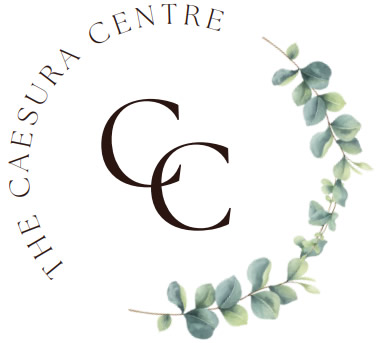
We live in a world that often emphasises romantic and sexual relationships as fundamental aspects of life, often leaving individuals who identify as asexual (ace) feeling misunderstood or overlooked. Asexuality is a valid and diverse sexual orientation, and increasing awareness about it can foster a more inclusive and harmonious society.
What Is Asexuality?
Asexuality is a sexual orientation, characterised by a lack of sexual attraction to others. This does not mean that asexual individuals are incapable of forming deep, meaningful relationships. However, their experience of attraction differs from societal norms. Some asexual people may still engage in romantic relationships, while others may not.
The asexual spectrum includes identities such as:
- Aromantic asexuals – Those who experience neither sexual nor romantic attraction.
- Demi-sexuals – Individuals who only experience sexual attraction after forming a strong emotional bond.
- Gray-asexuals (Gray-aces) – People who experience sexual attraction infrequently or in limited circumstances.
Misconceptions About Asexuality
Many misconceptions surround asexuality, leading to misunderstandings and invalidation. Here are a few common myths:
Asexuality is just celibacy – celibacy is a choice to abstain from sexual activity, while asexuality is an inherent orientation.
Asexual people are just repressed or haven’t met the right person – asexuality is not a phase; it is a real and enduring sexual orientation.
Asexuality is caused by trauma or medical issues – while past experiences or health conditions can affect one’s relationship with sex, asexuality itself is not a disorder or dysfunction.
Asexual people can’t have relationships- many asexual individuals form fulfilling romantic, platonic, or queerplatonic partnerships.
The Importance of Visibility and Acceptance
Asexual individuals often struggle with invisibility, both in mainstream media and in discussions about LGBTQ+ identities. Increased representation and education can help combat feelings of isolation and provide validation. The asexual pride flag, consisting of black, gray, white, and purple stripes, symbolises the diversity of ace experiences.
How to Support Asexual Individuals
If you want to support a member of the asexual community, here are some ways to show support:
Respect their identity – Avoid dismissing or invalidating their experiences.
Use inclusive language – Recognize that not everyone experiences sexual attraction.
- Educate yourself and others –Learning about asexuality helps normalize it and fosters understanding.
- Advocate for ace visibility – Support representation in media, workplaces, and LGBTQ+ spaces.
Conclusion
Asexuality is a legitimate and diverse sexual orientation, that deserves recognition and respect. By fostering awareness and acceptance, we can create a more inclusive world where asexual individuals feel seen and valued. Whether you identify as asexual or are seeking to be a better ally, understanding the ace spectrum is a step toward a more supportive and informed society.
Useful websites
LGBT Health – What is asexual?
The Asexual Visibility & Education Network
Young Mind – asexuality and mental health
The Law Society – an introduction to asexuality



